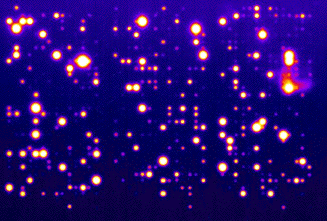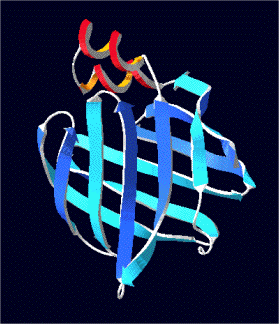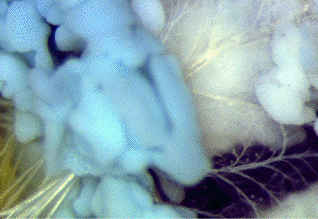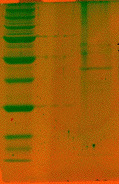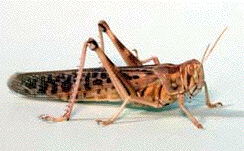

Dr. Norbert H. Haunerland, Professor
Current Research Program
Fatty acid mediated gene control
It is now established that fatty acids can interact with various nuclear receptors that turn on (or off) the gene expression of specific genes. We are interested in elucidating the molecular mechanisms involved in these regulatory processes. Cytosolic fatty acid binding proteins modulate the concentration of free fatty acids present in the cell, essentially competing with the various transcription factors for fatty acids, and thus act as a fatty acid sensors. We study the structure, function, and gene expression of fatty acid binding proteins (FABP), as well as the elements and receptors in the promoter regions of fatty acid responsive genes. Out ultimate goal is to understand the molecular changes that result from conditions of chronically elevated fatty acid levels, as experienced in diabetes and other diseases. The role of fatty acids in the pathology of diabetes is the subject of a research collaboration with Drs. McNeill, Rodrigues, Brownsey, and McLeod at UBC, which encompasses physiological, biochemical, pharmacological and molecular biological approaches. The complementary expertise of the group members greatly enhances our understanding of the relevant processes. My laboratory studies proteins involved in lipid transport and metabolism.
Fatty acid binding proteins
We have long used advantageous animal models that utilize lipids at different levels, and especially focused on energy metabolism in muscle. Over the past few years, we have isolated and characterized fatty acid binding proteins (FABP) from vertebrates and invertebrates, and found a clear correlation between fatty acid-dependent muscle activity and FABP levels. Extraordinary high levels of this protein can be found in flight muscle of migratory insects and birds, and flight can further induce its expression. Our research now seeks to elucidate the molecular mechanisms involved in the control of FABP expression, both in response to physiological stimuli and during development.
Insect lipoproteins
In our research, we seek to understand physiological adaptations at the molecular level. We are especially interested in lipid transport in insects, and have worked on extracellular lipoproteins as well. During the last larval instar of lepidoteran species, a blue very high density lipoprotein (VHDL) is selectively taken up by receptor-mediated endocytosis into certain areas of the fat body, which can be visually identified by the blue color. VHDL is a storage protein which is needed during the pupal stadium as precursor for the formation of adult proteins. We have purified and cloned the receptor and studied the details of the uptake process which is essential for the development of healthy adult moths.
